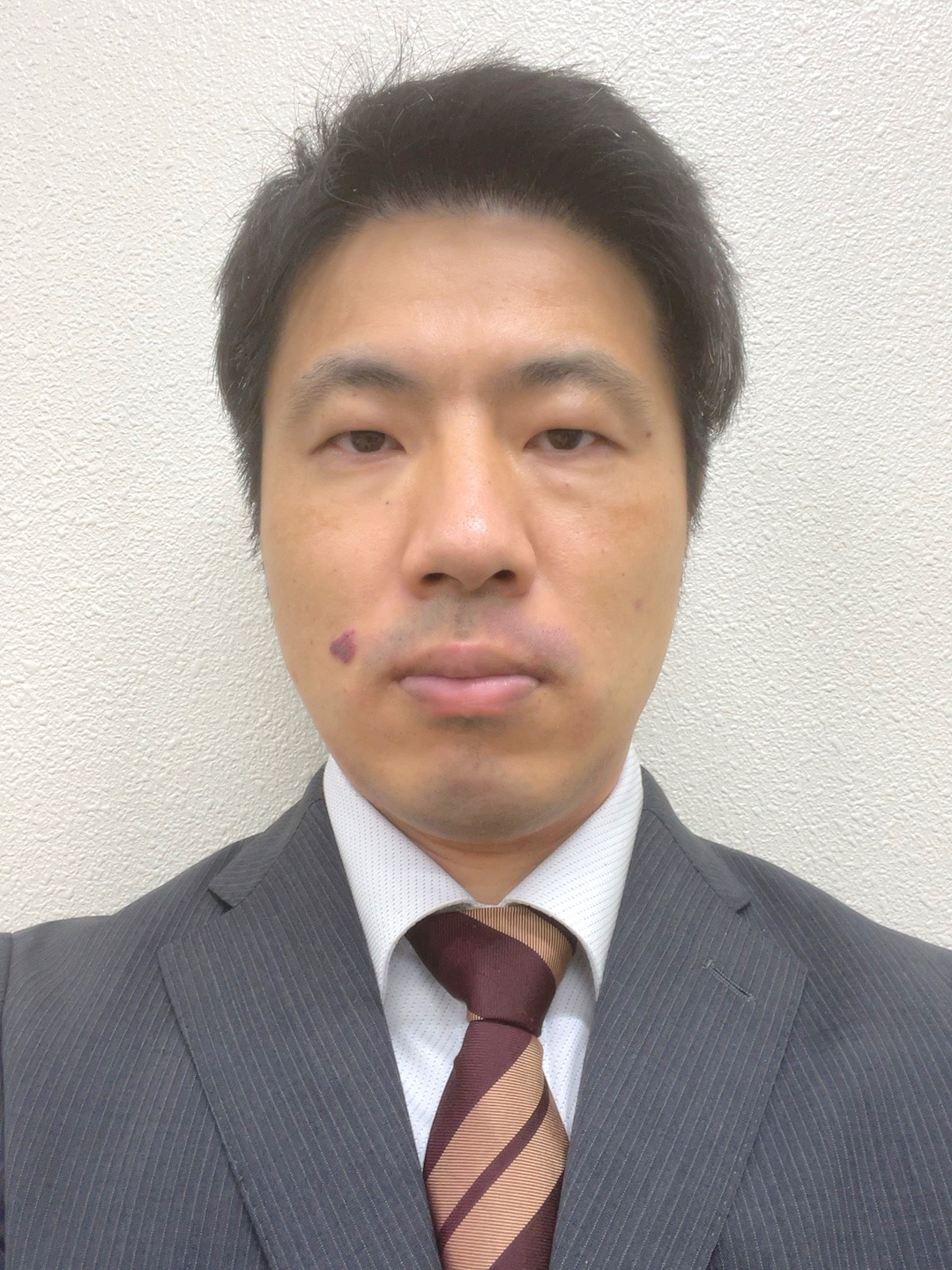
Biliary reconstruction for pediatric living donor liver transplantation: Roux-en-Y hepaticojejunostomy or duct-to-duct choledochocholedochostomy?
Yusuke Yanagi1, Toshiharu Matsuura1, Yasuyuki Uchida1, Keisuke Kajihara1, Yukihiro Toriigahara1, Takeshi Shirai1, Yuki Kawano1, Tatsuro Tajiri1.
1Pediatric surgery, Kyushu university, Fukuoka, Japan
Introduction: Biliary complications are still a major cause of morbidity following pediatric liver transplantation (LT). Although Roux-en-Y hepaticojejunostomy (HJ) has been the standard technique in pediatric LT due to the high prevalence of biliary atresia (BA) and technical challenges related to the small size and fragility of the ducts of pediatric recipients, the duct-to-duct (DD) anastomosis have reportedly shown controversial outcomes. The aim of this study is to evaluate the feasibility of the DD biliary reconstruction in pediatric living donor liver transplantation (LDLT).
Methods: After the exclusion of the patients with BA and retransplantation patients, medical recordings of 43 pediatric (under 18 years old) patients who underwent LDLT in our institute from 1996 to 2021 were retrospectively analyzed. Patients were grouped according to the applied biliary reconstruction technique: HJ group or DD group.
Results: The mean recipient age was 1.2 years. Original diseases of recipients were acute liver failure (n=17), hepatoblastoma (n=10), metabolic liver disease (n=8), liver cirrhosis (n=5), and Alagille syndrome (n=3). The number of patients in HJ group was 26, and that in DD group was 17. The observation period was not remarkedly different between the two groups [HJ: 2.6 years (range:39 to 12.9years) vs. DD: 4.6 years (range 30 to 19.8 years), p=0.25). Comparative analysis with regard to patient demographics showed that mean recipient age [HJ: 0.84 years (range:12 days to 3.4years) vs. DD: 4.8 years (range:3.5 months to 16.3 years), p<0.01] and body weight [HJ: 7.65 kg (range:2.56 to 12.3 kg) vs. DD: 16.4 kg (range:3.00 to 69.1 kg), p<0.01] were significantly higher in DD group. In a comparison with regard to operation-related data, graft types in HJ group were left lateral segment (LLS) in 17 patients and reduced LLS in nine patients, while those in DD group were extended left lobe in five patients, left lobe in three patients, LLS in eight patients, and reduced LLS in one patient. GRWR was significantly smaller in DD group [HJ: 2.75 (range:1.58 to 3.36) vs. DD: 1.46 (range: 0.67 to 4.07), p<0.01], and warm ischemic time [HJ: 53 minutes (range:31 to 79 minutes) vs. DD: 35 minutes (range:31 to 72 minutes), p=0.02] and duration of anhepatic phase [HJ: 96 minutes (range: 60 to 211 minutes) vs. DD: 83 minutes (range:46 to 192 minutes), p=0.049] were significantly shorter in DD group. As the postoperative biliary complications, no stricture occurred and only one biliary leakage in HJ group was observed, which was recovered by conservative management, and the overall biliary complication rate was 2.3%.
Conclusion: The DD reconstruction technique can be a feasible option for pediatric LDLT. Because DD reconstruction is a physiologically befitting way of establishing bilioenteric integrity, it should be considered if safely operated. Further studies concerning the infantile LT will allow for the validation of these observations.